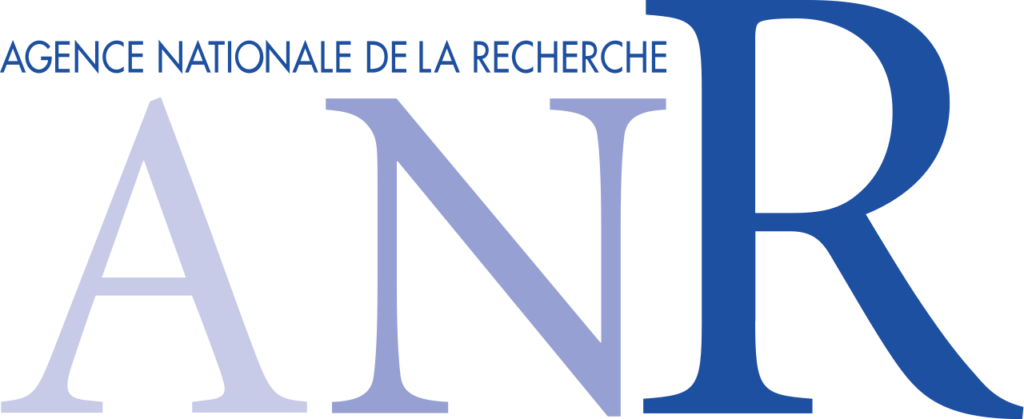
Tacrolimus exposure prediction using machine learning
The aim of this work is to estimate the area‐under the blood concentration curve of tacrolimus following twice‐a‐day (BID) or once‐a‐day (QD) dosing in organ transplant patients, using Xgboost machine learning (ML) models. A total of 4997 and 1452 tacrolimus inter‐dose AUCs from patients on BID and QD tacrolimus, sent to our ISBA expert system (www.pharmaco.chu‐limoges.fr/) for AUC estimation and dose recommendation based on tacrolimus concentrations measured at least at 3 sampling times (predose, approx. 1 and 3h after dosing) were used to develop four ML models based on 2 or 3 concentrations. For each model, data splitting was performed to obtain a training set (75%) and a test set (25%). The Xgboost models in the training set with the lowest RMSE in a ten‐fold cross‐validation experiment were evaluated in the test set and in 6 independent full‐pk datasets from renal, liver and heart transplant patients. ML models based on 2 or 3 concentrations, differences between these concentrations, relative deviations from theoretical times of sampling and 4 covariates (dose, type of transplantation, age and time between transplantation and sampling) yielded excellent AUC estimation performance in the test datasets (relative bias <5% and relative RMSE <10%) and better performance than MAP Bayesian estimation in the 6 independent full‐pk datasets. The Xgboost ML models described allow accurate estimation of tacrolimus interdose AUC and can be used for routine tacrolimus exposure estimation and dose adjustment. They will soon be implemented in a dedicated web interface.
Authors
J.B. Woillard, M. Labriffe, J. Debord, P. Marquet
More details here.
2 rue du Prof. Descottes
87000 Limoges CEDEX
Tél. +33 (0)5 19 56 42 50










